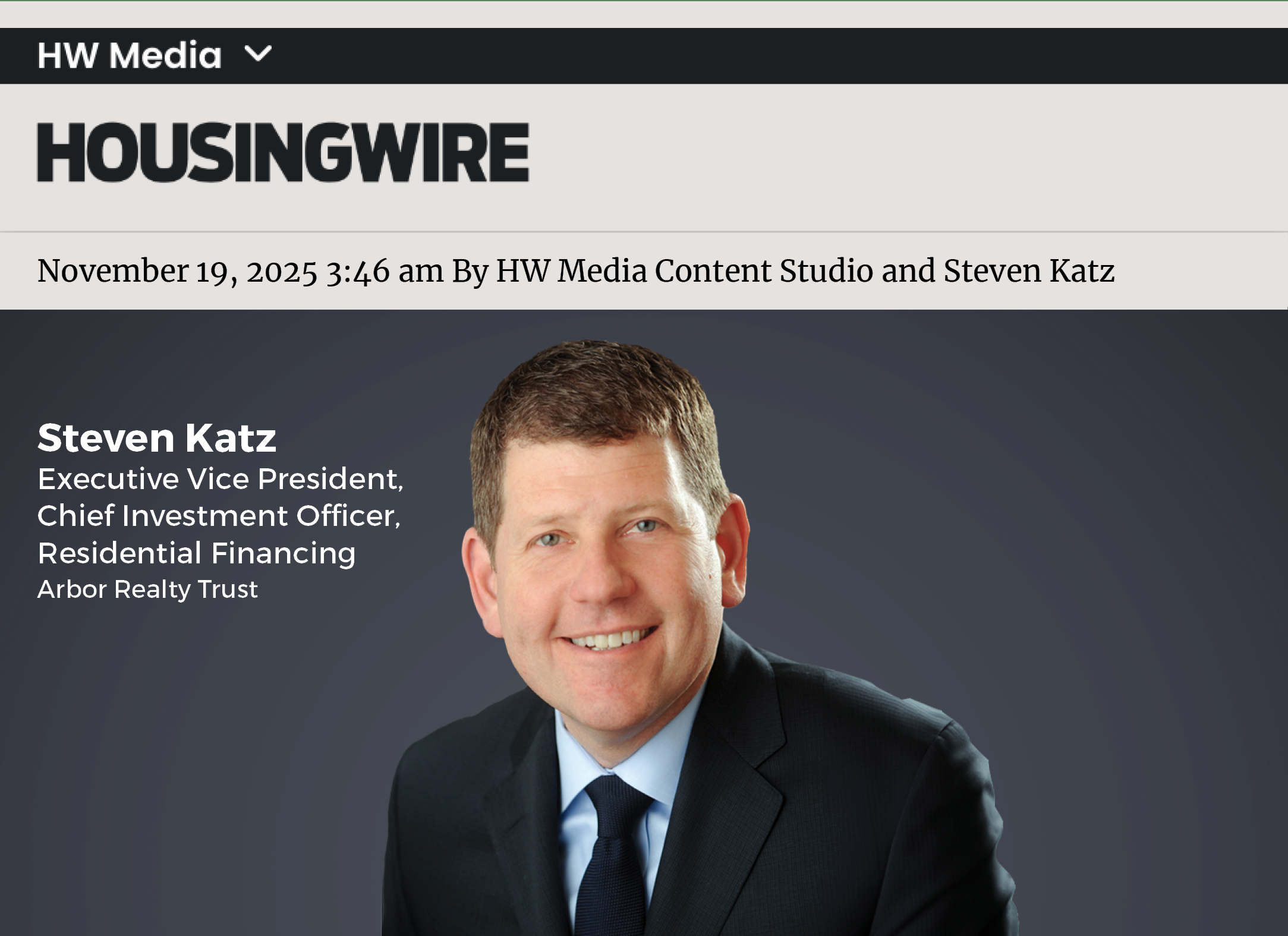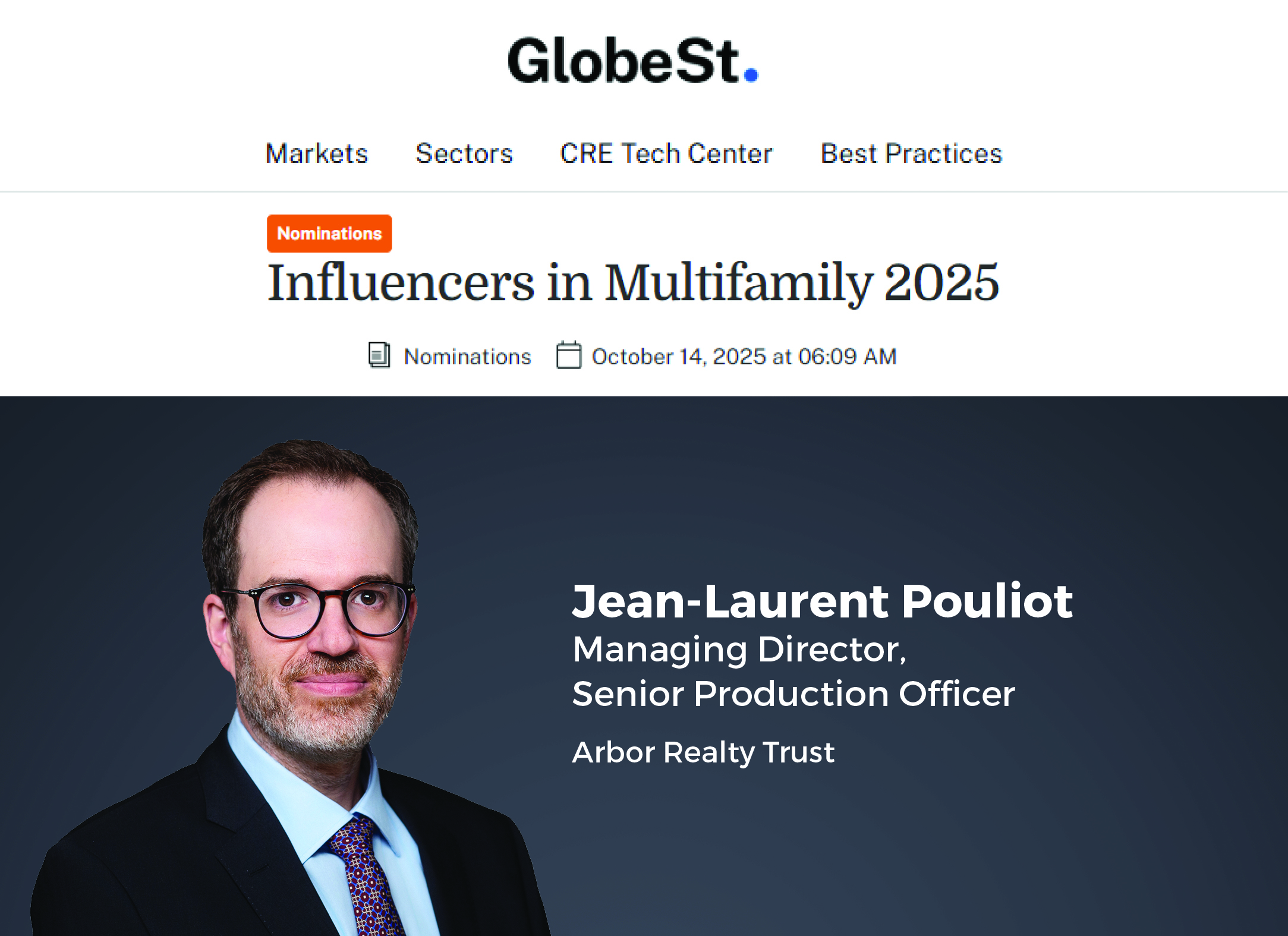Ivan Kaufman Talks Housing’s Return to Pre-Pandemic Levels on Yahoo Finance Live

Arbor Realty Trust’s CEO discusses the for-sale and for-rent markets, seeing rents returning to pre-pandemic levels
All sectors of the housing market are seeing price appreciation, “whether it be for-sale, for-rent…multifamily or single-family,” noted Ivan Kaufman, founder, chairman and CEO of Arbor Realty Trust, Inc. (NYSE: ABR), in an interview on Yahoo Finance Live with Seana Smith and Brian Cheung.
The S&P CoreLogic Case-Shiller U.S. National Home Price Index saw an 18.6% increase in June, a level not seen in more than 30 years. Kaufman attributes this boom to pent-up demand meeting limited inventory.
“There’s just not enough supply and with the pandemic having happened, everyone wanted to go out and buy a home and move out to the suburbs,” Kaufman said.
The Sun Belt markets have certainly been the top performers during the pandemic, benefitting from significant in-migration of those looking for more space and a lower cost of living.
The biggest surprise so far this year, however, has been the strength of the urban areas, he noted, with rents returning to pre-pandemic levels in several markets. As many companies delay their return-to-office plans, people are putting a bigger emphasis on their accommodations, Kaufman said.
Even with the rise of the Delta variant, renters are returning to cities as schools, restaurants, retail and other entertainment options reopen.
“Let’s face it, people want to get back to the city. They enjoy the city…So, I think there was a time out, that time out is coming to an end,” Kaufman said. “There’s a transition period of time, but make no mistake about it, people are running back to the city.”
Watch the full interview here.





